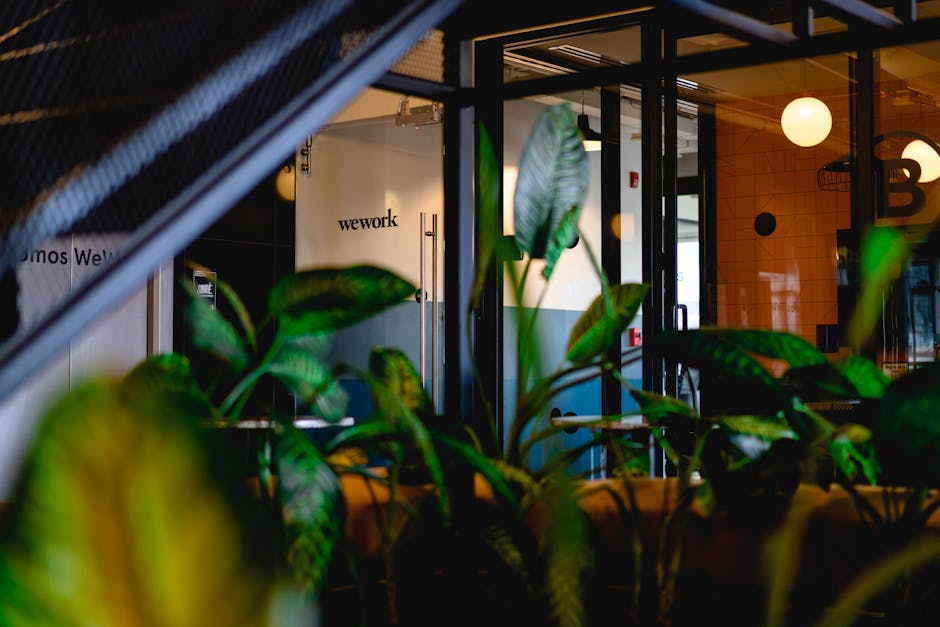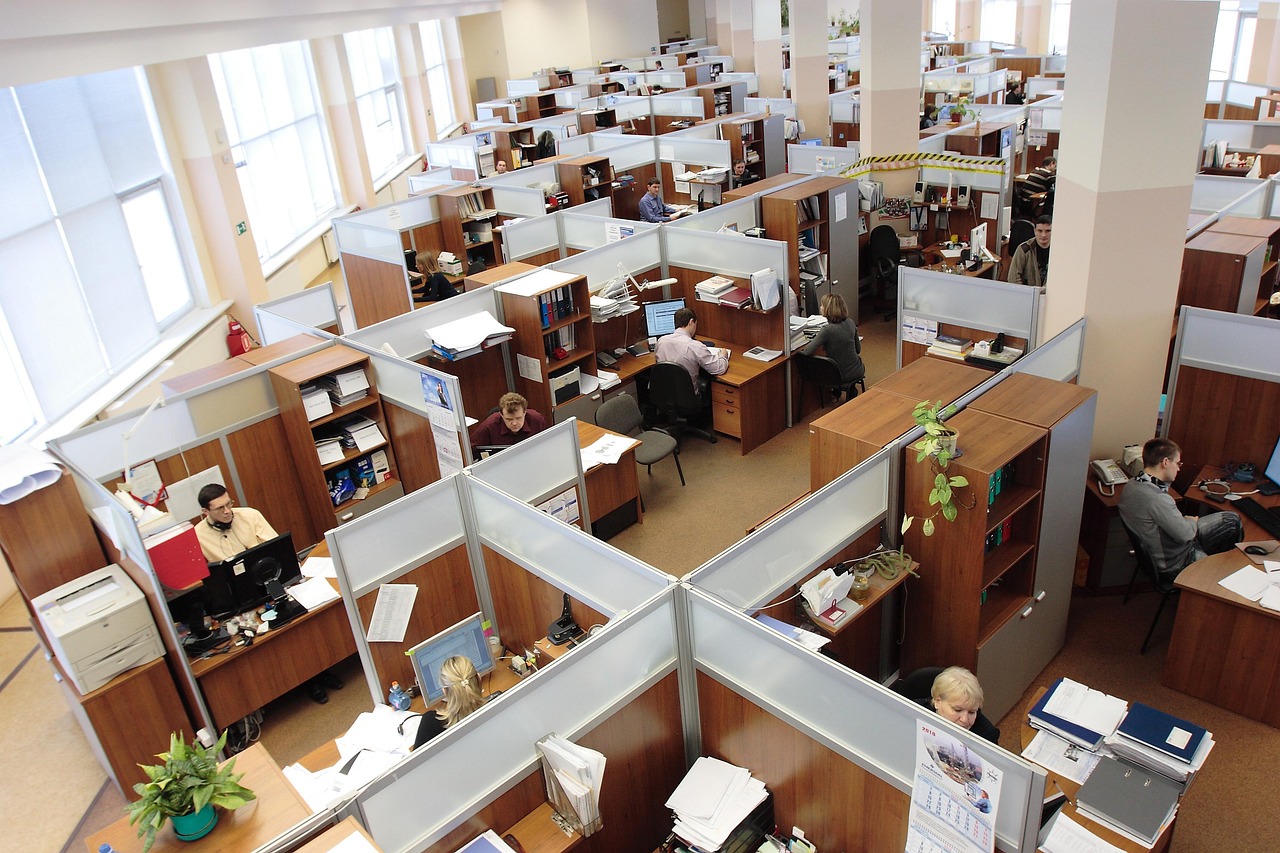Articles on HR Management

4 Signs You're in a Toxic Workplace and What to Do About It
A toxic workplace can have a significant impact on your mental health, productivity, and overall well-being. In this article, we explore four common signs of a toxic work environment and provide actionable advice on how to address these issues, maintain professionalism, and prioritize your well-being.
By Amelia Clarkson

Mastering Vacation Scheduling: Tips for a Smooth Out-of-Office Experience
Effective vacation scheduling is crucial for maintaining a healthy work-life balance and ensuring smooth operations. This article explores best practices and strategies for HR managers, IT managers, and facility managers to optimize vacation scheduling and manage out-of-office time seamlessly.
By Julian Everett

The Ultimate Guide to Employee Health Screenings in the Workplace
Employee health screenings are crucial for maintaining a healthy and productive workforce. This comprehensive guide explores the benefits, types, and best practices for implementing an effective employee health screening program in your workplace.
By Oliver Wright

Employee Engagement: Why You Need to Build It and How to Do It
Employee engagement is the key to driving employee productivity, innovation, and retention. By understanding the why and the how of employee engagement, you can create a more positive and productive work environment.
By Isabella Hunter

Return to the Office Analytics: The Ultimate Guide for Workplace Managers
As businesses navigate the complexities of returning to the office, Return to Office Analytics has emerged as a crucial tool. This guide empowers workplace managers with in-depth knowledge, from understanding key metrics to implementing effective strategies.
By Oliver Wright

Exceptional Onboarding: Enhancing the IT Employee Experience
Onboarding is a critical process in shaping the employee experience and setting the foundation for long-term success. For IT professionals, a well-structured onboarding program can accelerate their integration into the team and enhance their productivity. This comprehensive guide explores the key elements of an effective IT onboarding experience, from preparation and communication to technology setup and continuous support.
By Charlotte Reed

A Guide to Workplace Environments: Types and Their Impact on Employees
The workplace environment significantly influences employee satisfaction, productivity, and organizational success. Understanding the different types of workplace environments and their impact is crucial for HR managers, IT professionals, and facility management teams to create spaces that foster employee well-being and drive business outcomes.
By Lucas Hamilton

Employee Experience Strategy: A Comprehensive Guide for HR Managers and Facility Leaders
Crafting a successful employee experience strategy demands a holistic approach, encompassing various aspects such as workspace design, technology integration, employee well-being, communication, and feedback mechanisms. By considering the physical, emotional, and social needs of employees, organizations can create a work environment that fosters engagement, productivity, and overall satisfaction.
By Amelia Clarkson

Redefining the Workplace: What Employees Want in the Post-Pandemic Era
The post-pandemic workplace has undergone significant transformation, with employees increasingly seeking a blend of in-office and remote work options. This blog delves into the evolving expectations of employees and provides insights for HR managers, IT managers, and facility managers in shaping the workplace of the future.
By Oliver Wright

Elevate the Employee Experience: A Comprehensive Guide for HR Managers, IT Experts, and Facilities Professionals
The employee experience is a crucial aspect of modern workplaces, impacting employee satisfaction, productivity, and overall business success. This guide explores comprehensive strategies and practical tips to enhance the employee experience, fostering a thriving and engaged workforce.
By Amelia Clarkson

Treating Employees Like Customers: A Guide to the Ultimate Workplace Experience
In today's competitive business landscape, creating a positive and engaging workplace experience is paramount. By treating employees as valued customers, organizations can unlock unprecedented levels of productivity, loyalty, and innovation.
By Lucas Hamilton

Workplace Health Questionnaires: A Comprehensive Guide for HR and Facility Managers
Workplace health questionnaires are a valuable tool for HR and facility managers to assess employee health risks and create targeted wellness programs. This guide covers the different types of questionnaires, their benefits, and best practices for implementation to improve employee well-being and workplace productivity.